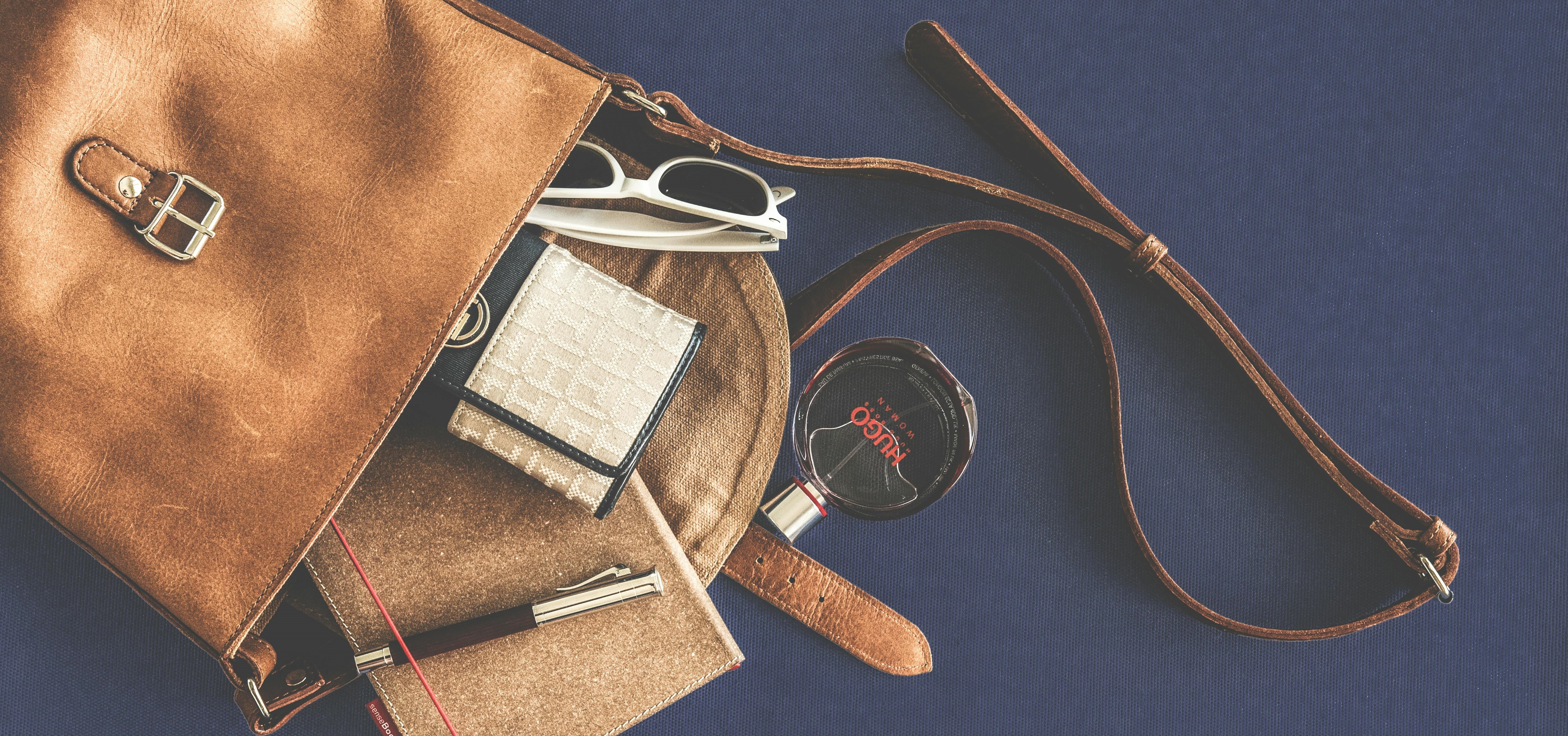'Genuine leather' is a term frequently encountered in the fashion industry, yet its meaning can be surprisingly elusive. Amidst the sea of descriptors, it's easy to assume that anything labeled 'genuine leather' boasts top-notch quality. However, for many consumers, navigating the nuances of fashion terminology, particularly non-native English speakers, can be challenging.
The reality is, the phrase 'genuine leather' may not always guarantee the superior quality you expect. In fact, it's one of the most common yet potentially misleading terms in the world of fashion. While it might initially evoke a sense of reassurance, the truth behind its implications can sometimes leave consumers feeling misled.

Perception vs. Reality: Demystifying "Genuine Leather"
In the fashion realm, the term "genuine leather" can be perplexing. According to the dictionary, "genuine" implies authenticity or truthfulness. Therefore, it's easy to assume that "genuine leather" equates to "true leather" or "real leather." However, in reality, the term merely confirms that a product is indeed made of leather, without guaranteeing its quality.
Leather comes in various grades: full-grain, top-grain, split, and bonded. While these grades differ significantly in terms of durability, quality, and price, they all fall under the umbrella of "genuine leather." Yet, there's a common misconception that "genuine leather" denotes inferior quality, often confused with split leather, the lowest-grade leather.
It's crucial to recognize that "genuine leather" is a descriptive term rather than a qualitative one, akin to calling something a "car" without specifying its make or model. Similarly, a product labeled as "genuine leather" could be crafted from premium full-grain leather. Moreover, "genuine leather" does not specify the animal source or the leather's processing methods.
In contrast, bonded leather, comprising only a portion of actual leather, does not qualify as genuine leather. Likewise, faux leather, whether synthetically or organically produced, should not be categorized as genuine leather. This distinction is vital for both pricing accuracy and the ethical consideration of customers adhering to a vegan lifestyle.
To provide clarity, genuine leather is typically marked with an animal hide symbol on product labels, ensuring transparency and aiding informed consumer decisions.
Room for Deception: Unveiling the Truth Behind "Genuine Leather"
The fashion industry often capitalizes on the ambiguity surrounding the term "Genuine Leather," exploiting consumers' lack of familiarity with its true meaning. Even luxury brands, trusted for their reputation, may resort to using cheaper split leathers while labeling their products as "Genuine Leather," deceiving customers into believing they're purchasing a high-quality item.
The situation becomes even more concerning when considering the alternate meanings of the word "genuine": original, unfeigned, or unadulterated. Only full-grain aniline leathers truly embody these stringent standards, as they undergo minimal processing. In contrast, other leather grades undergo various treatments: semi-aniline leathers receive a protective coating, while nubuck or suede leathers are buffed to achieve their characteristic texture. While these alterations may seem minor, split or corrected leathers undergo more extensive treatment, including polyurethane coating, embossing, or spray-painting to create desired textures.
Despite their aesthetic appeal, even these treated leathers cannot be considered truly unfeigned. Hence, we refrain from using the term "Genuine Leather" whenever possible, opting instead to specify the exact leather grade or treatment. This ensures transparency and empowers consumers to make informed choices about their purchases.
Conclusion:
It's crucial to remember that "genuine leather" is a descriptive term rather than an indicator of quality. Not all genuine leathers are created equal, so it's wise to delve deeper before making a purchasing decision. Many corrected leathers closely resemble grain leathers, making it challenging to discern the difference.
To ensure you're getting the quality you desire, there are two options: either cut open the leather to inspect it yourself or consult a knowledgeable sales representative. While the former may seem impractical, the latter is a more feasible and efficient approach.
Though it may require a bit of effort, taking the time to verify the leather's authenticity will ultimately lead to lasting satisfaction with your chosen product.



